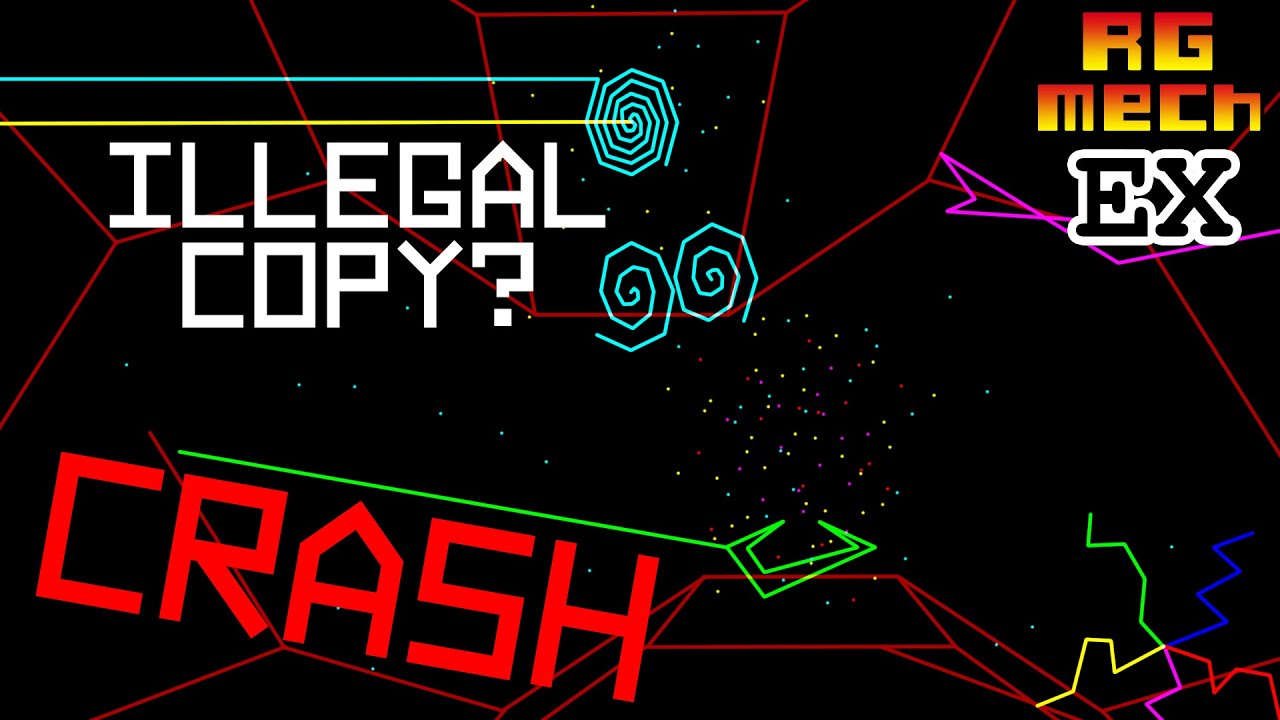- cross-posted to:
- [email protected]
- cross-posted to:
- [email protected]
Tempest, the 1981 arcade game, has some clever anti-piracy checks in its code
Haha that reminds me of some other game that I had pirated back in the day that wasn’t stable and I wondered if they had something like this to detect it DRM code was patched out. I liked the game a lot so I bought a copy.
Nope, it was just a poorly coded game as the legit version crashed as much as my pirated copy.
I hate watching videos! So I asked some AI to provide a summary.
In this YouTube video titled “The Arcade Game that Crashes Itself for Anti-Piracy Reasons,” the speaker discusses the anti-piracy measures implemented in the arcade game Tempest. These measures include checksums used to verify the integrity of the code and copyright strings, as well as checks for genuine hardware. The speaker explains the checksum calculation process, provides examples of the code used, and discusses how the game detects genuine hardware by auditing random number generation in the POKEY chips. The purpose of these measures is to deter piracy and make it more challenging for hackers to modify the game. However, it is now easier to disable or delete these anti-piracy measures, although finding unmodified versions of the Tempest arcade cabinet remains challenging.”
Pretty interesting that they leveraged how the random number generation happened to determine if the hardware was authentic or not.
Here is an alternative Piped link(s): https://piped.video/watch?v=ewoDLDDgHkI
Piped is a privacy-respecting open-source alternative frontend to YouTube.
I’m open-source, check me out at GitHub.
Great watch! I’m now going to go play Tempest on my 2021 lenovo laptop with my Atari VCS controller.
Here is an alternative Piped link(s): https://piped.video/watch?v=ewoDLDDgHkI
Piped is a privacy-respecting open-source alternative frontend to YouTube.
I’m open-source, check me out at GitHub.



